Harry is a U.K.-based staff writer at Live Science. He studied Marine Biology at the University of Exeter (Penryn campus) and after graduating started his own blog site "Marine Madness," which he continues to run with other ocean enthusiasts. He is also interested in evolution, climate change, robots, space exploration, environmental conservation and anything that's been fossilized. When not at work he can be found watching sci-fi films, playing old Pokemon games or running (probably slower than he'd like).
Latest articles by Harry Baker
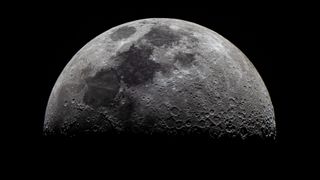
Overlooked Apollo data from the 1970s reveals huge record of 'hidden' moonquakes
By Harry Baker published
A reanalysis of 50-year-old Apollo mission data long abandoned by NASA has revealed 22,000 previously unrecognized moonquakes, almost tripling the known number of seismic lunar events.
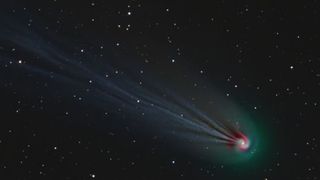
Explosive, green 'devil comet' has hidden spiral swirling around its icy heart, photo trickery reveals
By Harry Baker published
New, specially edited photos show a previously unseen swirl of light surrounding the city-size comet 12P/Pons-Brooks, which is currently racing toward the sun and will later zoom past Earth.
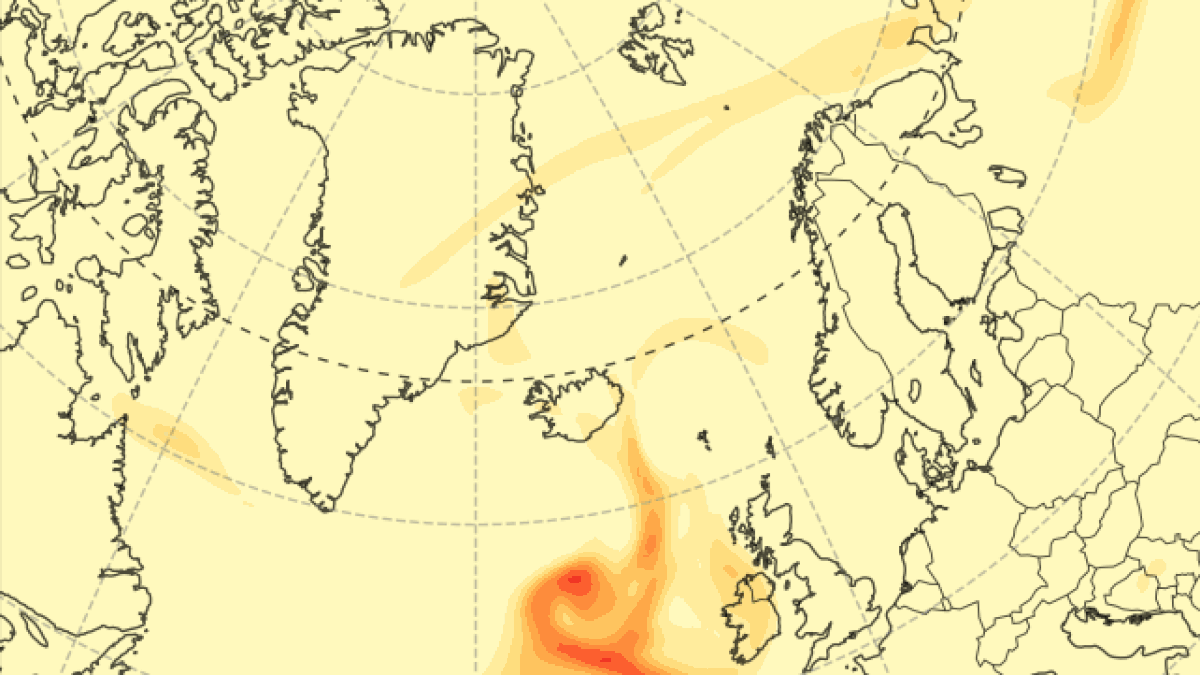
Satellites watch Iceland volcano spew gigantic plume of toxic gas across Europe
By Harry Baker published
A massive column of sulfur dioxide pumped out by the erupting volcano on Iceland's Reykjanes Peninsula is traveling across northern Europe. Scientists are concerned it could impact the ozone layer.
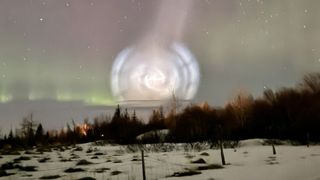
Dying SpaceX rocket creates glowing, galaxy-like spiral in the middle of the Northern Lights
By Harry Baker published
A large swirl of white light that temporarily outshone vibrant auroras in the Arctic last week was triggered by the death throes of a SpaceX rocket that deployed more than 50 satellites into space.
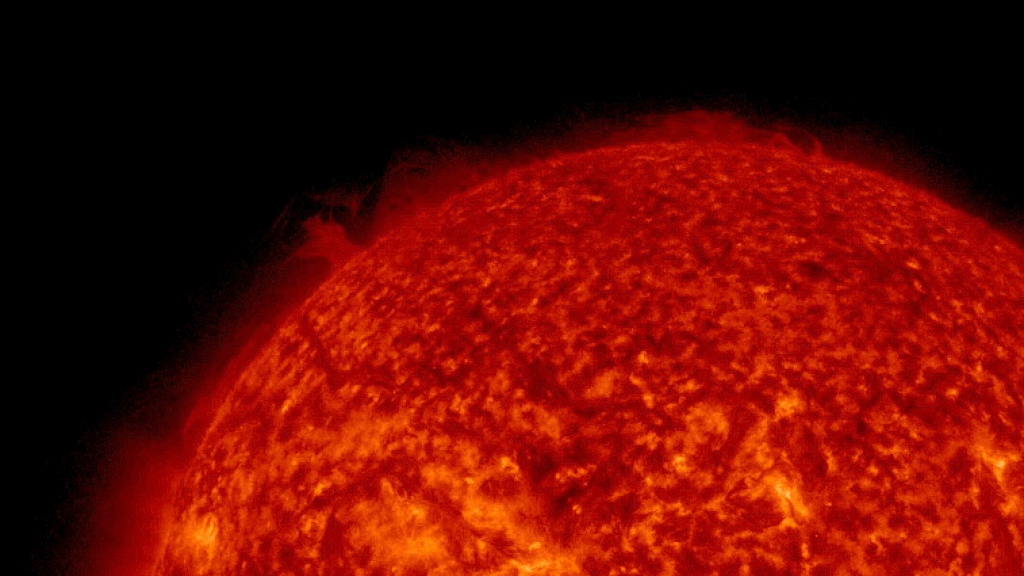
Mercury slammed by gargantuan eruption from the sun's hidden far side, possibly triggering 'X-ray auroras'
By Harry Baker published
A gigantic plasma eruption from the sun's hidden far side recently launched a sizable coronal mass ejection that slammed into Mercury, potentially triggering invisible X-ray auroras around the planet's rocky surface.
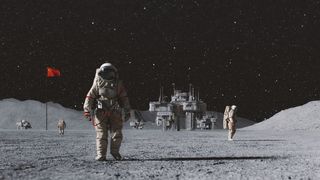
Russia and China announce plan to build shared nuclear reactor on the moon by 2035, 'without humans'
By Harry Baker published
The proposed nuclear reactor, which could be transported and assembled without human assistance, would provide energy to a lunar base that Russia and China have agreed to build together.
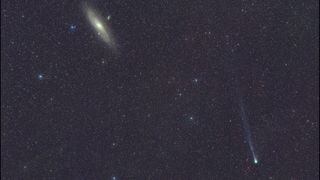
Watch 'horned' comet 12P/Pons-Brooks zoom past the Andromeda Galaxy live today (video)
By Harry Baker published
Comet 12P/Pons-Brooks is currently sailing past the Andromeda Galaxy in the night sky as it races toward Earth, and you can watch it live today.
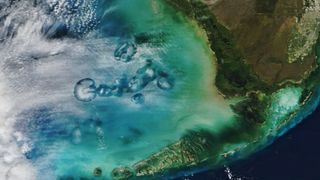
Satellite snaps eerily circular holes in the clouds above Florida. What caused them?
By Harry Baker published
A NASA satellite recently spotted a series of bizarre "fallstreak holes" in clouds above Florida. The circular cloud gaps have been previously (and incorrectly) linked to paranormal phenomena.
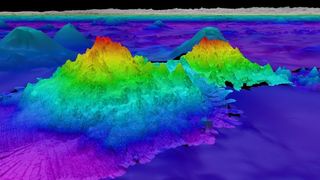
Gravitational anomalies reveal seamount 3 times the height of world's tallest building
By Harry Baker published
Researchers found and mapped four seamounts in the deep sea off the coast of Peru and Chile. The tallest of these new peaks rises around 1.5 miles above the seafloor.

'A wonderful spectacle': Photographer snaps rare solar eruption as 'magnetic noose' strangles the sun's south pole
By Harry Baker published
A recent solar flare unleashed a massive plasma plume from the sun's south pole, where these stellar eruptions rarely happen. The unusual phenomenon is a sign of the impending solar maximum.

Ghostly plasma loops linger on the sun after massive solar explosion (photos)
By Harry Baker published
A photographer recently snapped an incredibly detailed photo of gigantic, ghostly plasma loops towering above the sun's fiery surface after a powerful solar flare exploded from the sun.
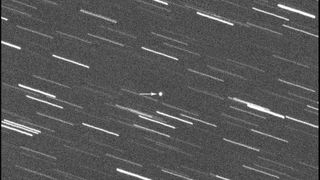
Huge stadium-size asteroid will make its closest approach to Earth for centuries today (Feb. 2)
By Harry Baker published
A "potentially hazardous" space rock the size of a football stadium is about to reach its closest point to our planet for more than 100 years, and it won't get this close to us again for centuries more.
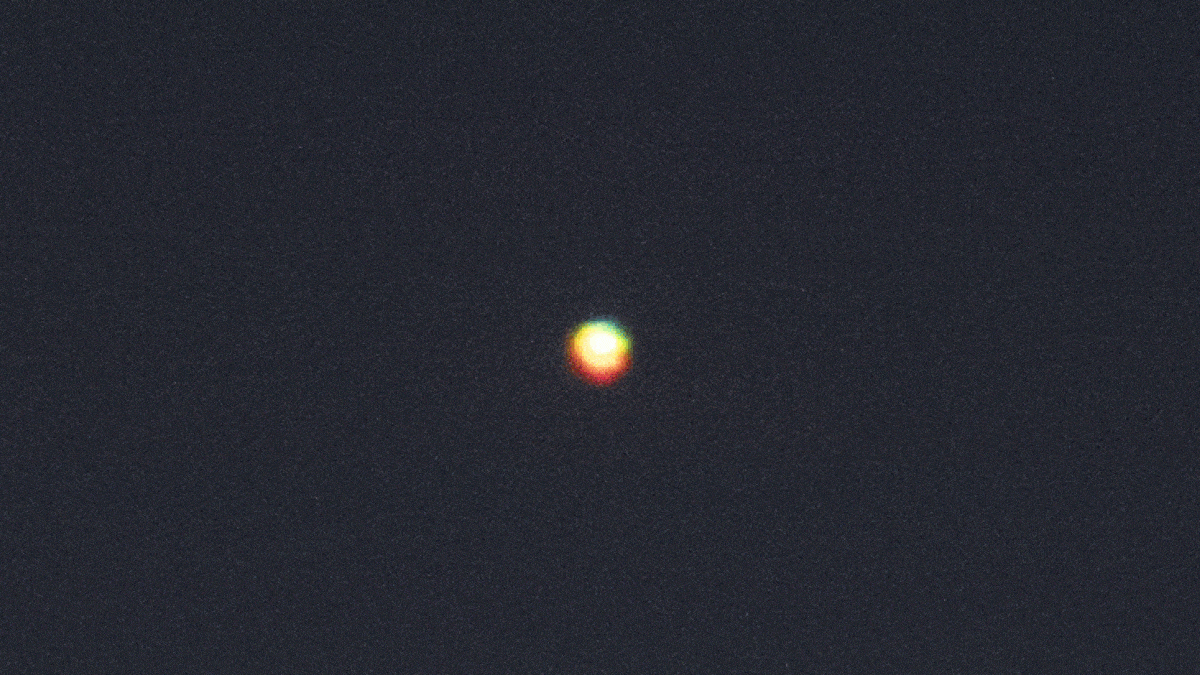
Photographer snaps extremely rare 'green flash' coming from Venus
By Harry Baker published
A brief flash of green light was recently spotted coming from Venus in the night sky. The colorful shimmer has only been seen a handful of times before.
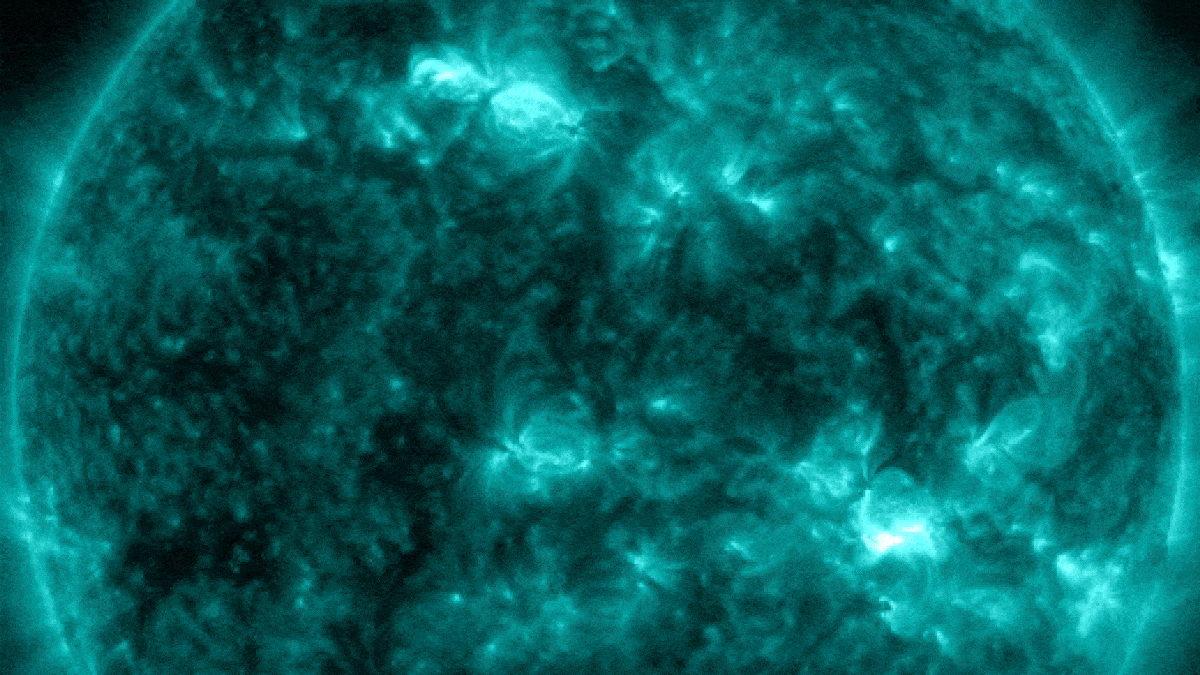
Near-simultaneous solar flares explode from opposite sides of the sun in extremely rare event
By Harry Baker published
A pair of linked solar flares recently exploded near-simultaneously from sunspots on different hemispheres of our home star, triggering radio blackouts on Earth.

'Barbenheimer Star' that blew up 13 billion years ago defies explanation, baffling scientists
By Harry Baker published
The inexplicable entity, which likely had a chemical composition unlike any other known star, was identified by a group of "stellar archaeologists" who traced back the cosmic history of another equally unique star.
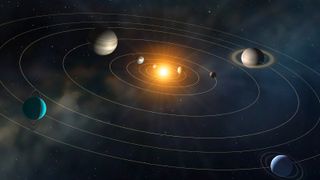
How many times has Earth orbited the sun?
By Harry Baker published
We worked out how many trips each of the solar system's eight planets has taken around the sun over the past 4.6 billion years.
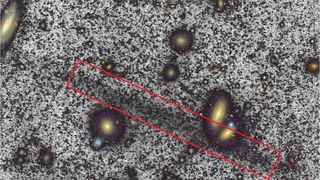
Intergalactic 'stream of stars' 10 times longer than the Milky Way is the 1st of its kind ever spotted
By Harry Baker published
While hunting for dark matter, astronomers accidentally discovered the first known stellar stream stretching between galaxies. The trail of stars is also the longest ever seen.

Experts are certain 2023 will be 'the warmest year in recorded history'
By Harry Baker published
After the warmest autumn ever, researchers are confident 2023 will be the hottest year on record before it has even finished.
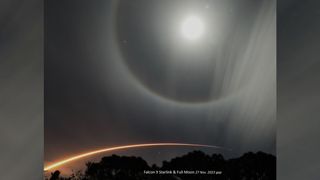
Ethereal halo of light around full moon spotted during recent SpaceX rocket launch
By Harry Baker published
An eerily-perfect ring of light was spotted around the full moon in Florida during the recent launch of a SpaceX Falcon 9 rocket, creating a stunning new photo.

Gigantic 'hole' in the sun wider than 60 Earths is spewing superfast solar wind right at us
By Harry Baker published
A monstrous dark patch, known as a coronal hole, recently appeared near the sun's equator. The temporary gap enables unusually fast solar wind to race toward Earth.

Satellite map of North America's largest glacier shows 'hidden lagoon' and other secrets
By Harry Baker published
NASA has revealed a new false-color image of Alaska's Malaspina Glacier that highlights several recent findings about the massive ice mass.
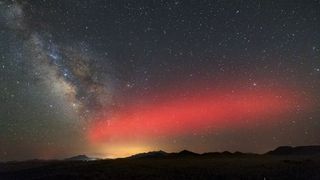
SpaceX rockets keep tearing blood-red 'atmospheric holes' in the sky, and scientists are concerned
By Harry Baker published
Experts are concerned that these blood-red light shows could be causing unknown problems for astronomy and communication.

Water leaking into Earth's core may have birthed a mysterious layer that churns out crystals
By Harry Baker published
A new series of experiments has shown that the mysterious "E-prime layer," which surrounds Earth's outer core, is created by water that leaks deep into our planet's interior.
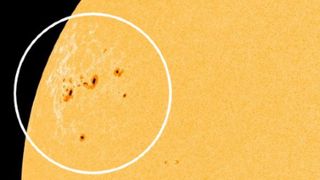
'Sunspot archipelago' 15 times wider than Earth could soon bombard us with solar storms
By Harry Baker published
The "archipelago" of dark patches is rapidly unleashing solar storms, and Earth may soon be in the firing line.
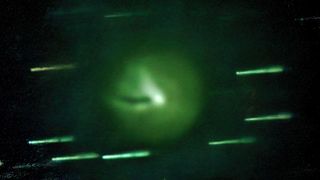
City-size 'devil comet' headed for Earth loses its iconic horns and turns green after latest volcanic eruption
By Harry Baker published
The latest eruption of the cryovolcanic comet 12P/Pons-Brooks, which will make its closest approach to Earth next year, shows that the icy object may have lost its iconic devil horns for good.
Breaking space news, the latest updates on rocket launches, skywatching events and more!

